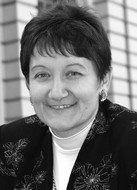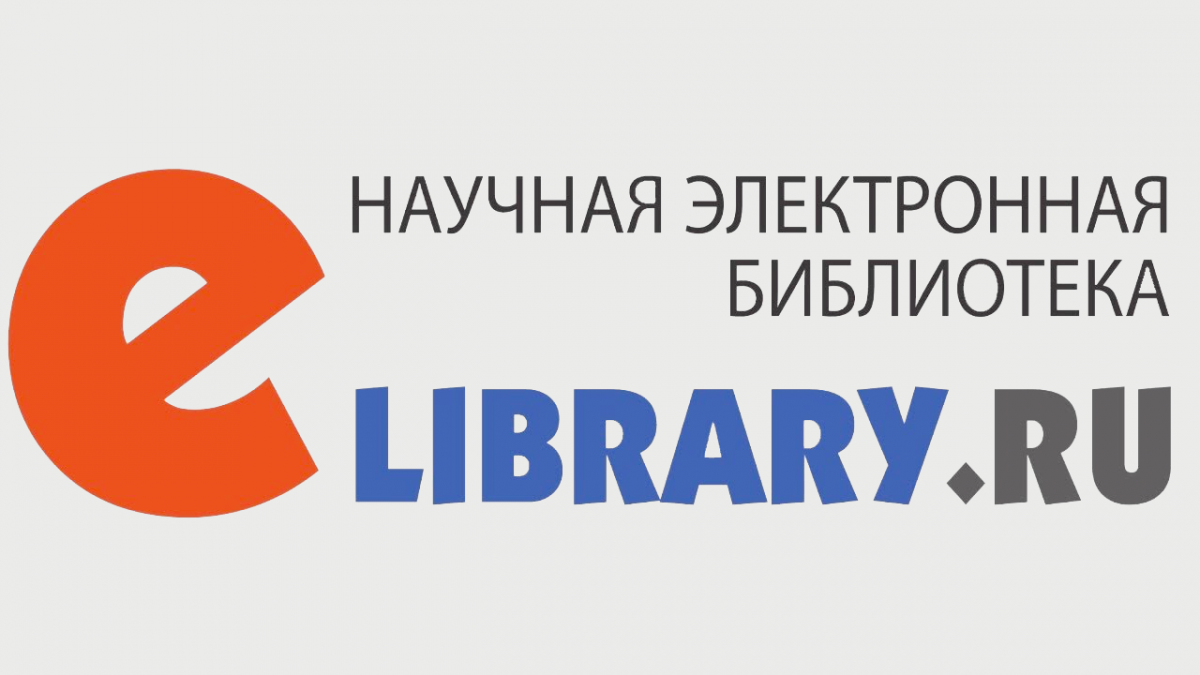Strength training biomechanics concept for athletic training systems
Фотографии:
ˑ:
Dr.Hab., Professor A.V. Samsonova1
Dr.Hab., Professor G.N. Ponomarev2
PhD, Professor L.L. Tsipin1
PhD, Professor O.A. Bogdanov2
1Lesgaft National State University of Physical Education, Sport and Health, St. Petersburg
2Herzen State Pedagogical University of Russia, St. Petersburg
The study considers the following two aspects of strength trainings: skeletal muscle strength building concept; and strength exercise combination concept. Many study reports have found that the muscle strength growth is associated with minor damages and inflammation processes. There are a few assumptions in this context needed to be checked by an experiment including: close-up aerobic trainings with fast walking or jogging are not recommended after intensive strength trainings; and anti-oxidizing agents are not recommended too. The immunity sags reported in athletes after high-intensity strength trainings may be due to the myogenic leukocytosis associated with the inflammation process in the muscles. The second recommendation on how the strength building exercises should be combined implies that they should be close to the competitive routines. In addition to the common principles of synergized effects, dynamic matching, progressive movement biomechanics and specific effects – we believe that the exercises should be composed with competitive routine stereotypes and compositions being taken into account based on the differentiated biomechanics matching principle. Depending on the specific sport discipline, the latter principle implies the relevant sensor, kinematic and dynamic patterns of competitive routines and special training exercises being harmonized to secure the focus on the core muscle groups in the trainings.
Keywords: muscle strength building mechanisms, strength training, selection of exercises.
References
- Bernstein N. A., Gazenko O. G. [ed]. Fiziologiya dvizheniy i aktivnost [Physiology of Movements and Activity]. Moscow: Nauka publ., 1990, 495 p.
- Verkhoshanskiy Yu. V. Osnovy spetsialnoy silovoy podgotovki v sporte [Fundamentals of special strength building in sport]. 3 rd ed.. Moscow: Sovetskiy sport publ., 2013, 216 p.
- Dyachkov V. M. Fizicheskaya podgotovka sportsmena [Athlete's physical training]. Moscow: Fizkultura i sport publ., 1967, 140 p.
- Kozlov I. M. Progressiruyuschaya struktura dvizheniy kak printsip sovershenstvovaniya sportivnogo masterstva [Progressive movement structure for athletic skills building]. Printsipialnye voprosy kineziologii sporta [Principal questions of sport kinesiology]. Malakhovka, 1991, pp. 90–91.
- McComas A. J. Skeletnye myshtsy. Stroenie i funktsii [Skeletal Muscle: Form and Function]. Kiev: Olimpiyskaya literatura publ., 2001, 407 p.
- Morozov V. I., Sakuta G. A., Kalinskiy M. I. Morfologicheskie i biokhimicheskie aspekty povrezhdeniya i regeneratsii skeletnykh myshts pri fizicheskikh nagruzkakh i gipodinamii [Morphological and biochemical aspects of skeletal muscle damage and regeneration in exercise and hypodynamia]. Morfologiya, 2006, vol. 129, no, 3, pp. 88–96.
- Farfel V. S. Upravlenie dvizheniyami v sporte [Motion control in sports]. 2 nd ed., ster.. Moscow: Sovetskiy sport publ., 2011, 202 p.
- Tsipin L. L. Teoreticheskie aspekty optimizatsii uprazhneniy spetsialnoy silovoy napravlennosti v podgotovke kvalifitsirovannykh sportsmenov [Theoretical aspects of optimization of special strength building exercises in training of skilled athletes]. Globalny nauchny potentsial, 2017, no. 1 (70), pp. 17–20.
- Friedén J., Seger J., Sjöström M., Ekblom B. Adaptive response in human skeletal muscle subjected to prolonged Eccentric training. International Journal Sports Medicine, 1983, vol. 4, pp. 177–183.
- Gibala M. J., MacDougall J. D., Tarnopolsky M. A., Stauber W. T., Elorriaga A. Changes in human skeletal muscle ultrastructure and force production after acute re-sistance exercise. Journal of Applied Physiology, 1995, vol. 78, p. 702–708.
- Monu J. M. Sport-specific training for a competitive freestyle sprint swimmer. Strength and Conditioning Journal, 2013, vol. 35, no. 5, pp. 48–55.
- Stone M., Plisk S., Collins D. Training principles: Evaluation of modes and methods of resistance training – A coaching perspective. Sports Biomechanics, 2002, vol. 1, no. 1. pp. 79–103.




 Журнал "THEORY AND PRACTICE
Журнал "THEORY AND PRACTICE